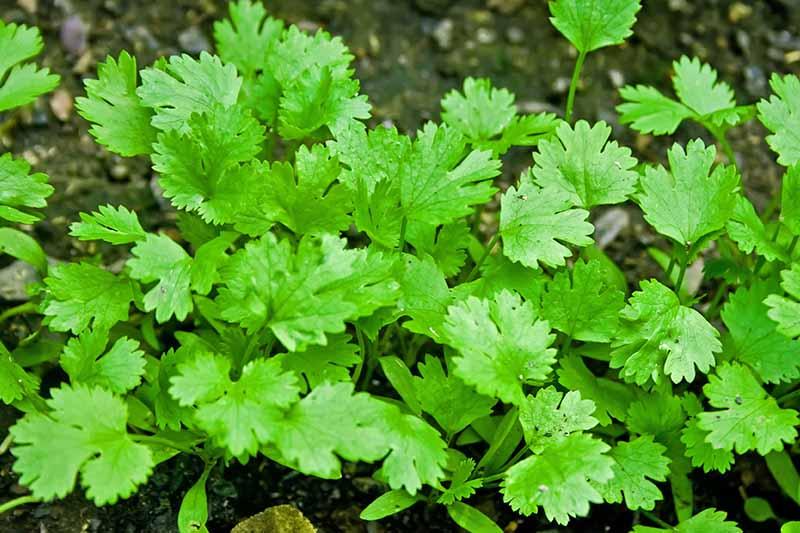The delicious, savory, aromatic spice that goes with every dish of Indian cuisine is coriander. Also known as Dhaniya in India, the coriander is an additive that adds fragrance to any dish, be it meat dishes like chicken, mutton or a vegetable dish like potatoes and aubergines.
Dhaniya belongs to the parsley family and is an edible plant that can be consumed from root to stem, but the leaves are usually widely used.
It is also the oldest herb, as seeds were found in ruins dating back to 5000 BC and some seeds were even found in Tutankhamun’s tomb. Most have likened the taste to a slightly sour, lemon flavor.
 Buy Celery Imported, Celery Tall Utah – Vegetable Seeds | View details
Buy Celery Imported, Celery Tall Utah – Vegetable Seeds | View details
- Dhaniya has many nutritional and health benefits. Coriander is also an excellent source of dietary fiber, manganese, iron and magnesium.
- Coriander leaves are also rich in vitamin C, vitamin K and protein. They also contain small amounts of calcium, phosphorus, potassium, thiamine, niacin and carotene.
- It is used in the treatment of skin inflammation, high cholesterol, diarrhea, mouth ulcers, anemia, and indigestion.
- Coriander is also helpful for menstrual disorders, smallpox, conjunctivitis, skin conditions and blood sugar disorders, improving memory while also benefiting eye care and even fighting cancer.
 Buy Coriander Kalmi – Desi Vegetable Seeds | View details
Buy Coriander Kalmi – Desi Vegetable Seeds | View details
Growing cilantro at home is an easy task and a great outdoor activity for kids. All it takes is soil, seeds and a little bit of time from your day. Usually sown from March to September, cilantro is an annual that can be grown indoors all year round.
- Best grown in a particular spot, cilantro is prone to die during transplantation due to its fragile root system. Coriander needs full sun (8-10 hours) and only a little shade during the hottest period.
- They grow best in well-loosened, drained soil that does not contain clumps of mud. If you plant them indoors, make sure to break the soil well so that the plant can root to a length of 25 cm.
- The seeds should be sown ½ -2 in. below the soil surface and covered with a fine layer of mulch to prevent weeds from taking root.
- Coriander grows well in moist soil, so be sure to water the plants during the dry season. Do not overwater them, as the roots are prone to root rot. Seed germination can take up to 3 weeks (sometimes 3 days) and the leaves need about 20cm apart to grow properly.
- The plants don’t need much fertilizer so an occasional compost can work, you can also use liquid organic fertilizer to deliver the nutrients. You can also add nitrogen to promote leaf growth (too much nitrogen can stunt the plant).
 Buy Coriander Green Flavor – Desi Vegetable Seeds | View details
Buy Coriander Green Flavor – Desi Vegetable Seeds | View details
Flowering depends on the weather. Warm weather causes the plant to bloom early, so when you see the flowers begin to bloom. Remove them immediately to promote more leaf growth.
The flowers taste bitter, so it is better to remove them accordingly. However, if you are trying to harvest seeds, wait for the flowers to dry out thoroughly and then simply shake the plant to remove the seeds.
 Buy Coriander Imported – Herb Seeds | View details
Buy Coriander Imported – Herb Seeds | View details
Since the cilantro is an herb, you can pick leaves as needed to give new leaves a chance to grow or you can also remove the entire plant from the stem, which will also allow them to grow faster.
If you do crop rotation, remove the entire plant along with the roots.
Coriander leaves can be kept for almost a month if wrapped in paper and stored in the refrigerator at 5oC to 10oC.
You can use the leaves fresh as a garnish or as a chutney. The seeds have a distinct lemon flavor and are usually crushed before adding to the recipe.







